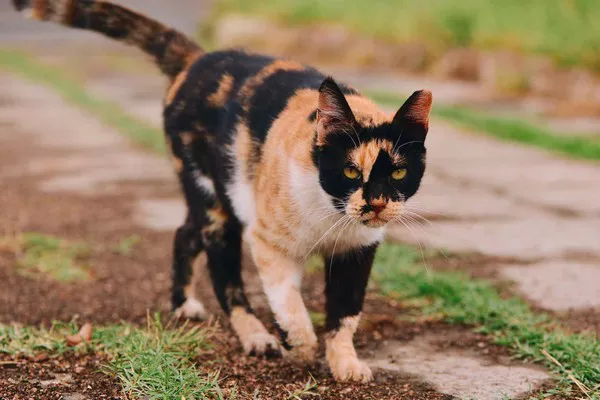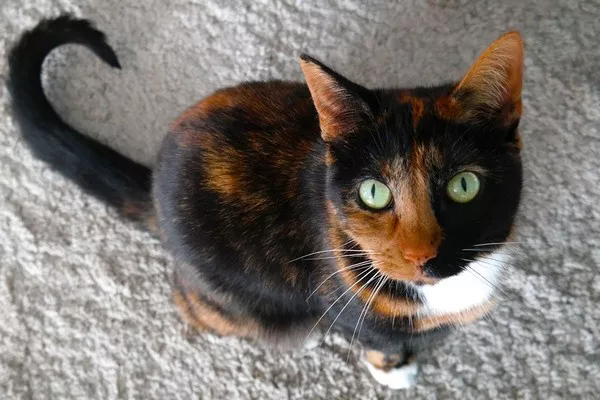Cats, with their enigmatic expressions and often mysterious behaviors, have been the subject of fascination and speculation for centuries. One question that frequently arises in the minds of cat owners and enthusiasts is: Do cats have feelings? In this article, we will delve into the complex world of feline emotions, exploring their behaviors, communication methods, scientific studies, and anecdotes that shed light on the rich emotional lives of our beloved cat companions.
Behaviors that Suggest Emotional Depth
1. Social Bonds
Observing the interactions between cats and their human companions reveals a range of behaviors that hint at emotional connections. Cats often seek physical closeness, such as cuddling, purring, and nuzzling, which are signs of affection and attachment.
2. Playful Expressions
Play is a significant indicator of emotional well-being in cats. Engaging in interactive play, pouncing, and chasing toys not only provides physical exercise but also mirrors the joyful expressions of play seen in other animals.
The Language of Feline Communication
1. Tail Expressions
Cats communicate their feelings through various body language cues. The position of their tail, whether held high in confidence or tucked in fear, conveys emotions ranging from happiness to caution.
2. Vocalizations
Meows, purrs, chirps, and hisses are among the vocalizations cats use to communicate their emotions. While meows can express a variety of needs and emotions, purring is often associated with contentment and relaxation.
See Also: A Guide to Cat Body Language
Scientific Insights into Feline Emotions
1. Hormonal Changes
Research suggests that cats experience hormonal changes that correlate with their emotional states. Stress, fear, and anxiety can lead to elevated levels of stress hormones, while positive interactions can trigger the release of oxytocin, known as the “bonding hormone.”
2. Brain Activity
Neuroscientific studies have shown that the feline brain processes emotions similarly to the human brain. The amygdala, a region associated with emotional processing, is active when cats respond to positive or negative stimuli.
Observations and Anecdotal Evidence
1. Empathy and Comfort
Numerous anecdotes from cat owners highlight instances of feline empathy. Cats often gravitate toward individuals who are sad or unwell, offering comfort and companionship during difficult times.
2. Grief and Mourning
There have been instances of cats displaying signs of grief and mourning after the loss of a companion, human or feline. Changes in behavior, appetite, and activity levels are often observed during these times.
Complexities of Feline Emotions
1. Individual Variation
Just like humans, cats have unique personalities and emotional profiles. While some cats may be more affectionate and expressive, others might exhibit emotions in more subtle ways.
2. Environmental Factors
Feline emotions can also be influenced by their environment. Changes in routine, new introductions, or alterations in living conditions can impact their emotional well-being.
3. Positive Relationships
The quality of the relationship between a cat and its owner greatly affects emotional expression. Trust, respect, and positive interactions contribute to a cat’s overall emotional state.
Strengthening the Human-Feline Bond
1. Understanding Nonverbal Cues
Learning to interpret a cat’s body language and vocalizations can foster a deeper understanding of their emotions and needs.
2. Creating a Safe Space
Providing a safe and enriching environment can alleviate stress and promote positive emotional experiences for your cat.
3. Building Trust
Gentle interactions, regular play, and consistent care can build a foundation of trust that supports emotional well-being.
Conclusion
In conclusion, the question of whether cats have feelings is met with a resounding yes. Feline emotions are complex and varied, influenced by their experiences, relationships, and environments. Through behaviors, communication cues, scientific studies, and heartwarming anecdotes, it’s clear that cats possess emotional depth. As responsible cat owners, understanding and respecting the emotional lives of our feline companions is essential for nurturing their well-being and strengthening the bonds we share. By interpreting their language and providing a loving, supportive environment, we can continue to decode the intricate emotions that make cats cherished members of our families.



























